I tried the Suunto Race 2 and it made me question my Garmin loyalty
With a bright AMOLED display and a simple user interface, it’s a worthy rival to Garmin’s line-up
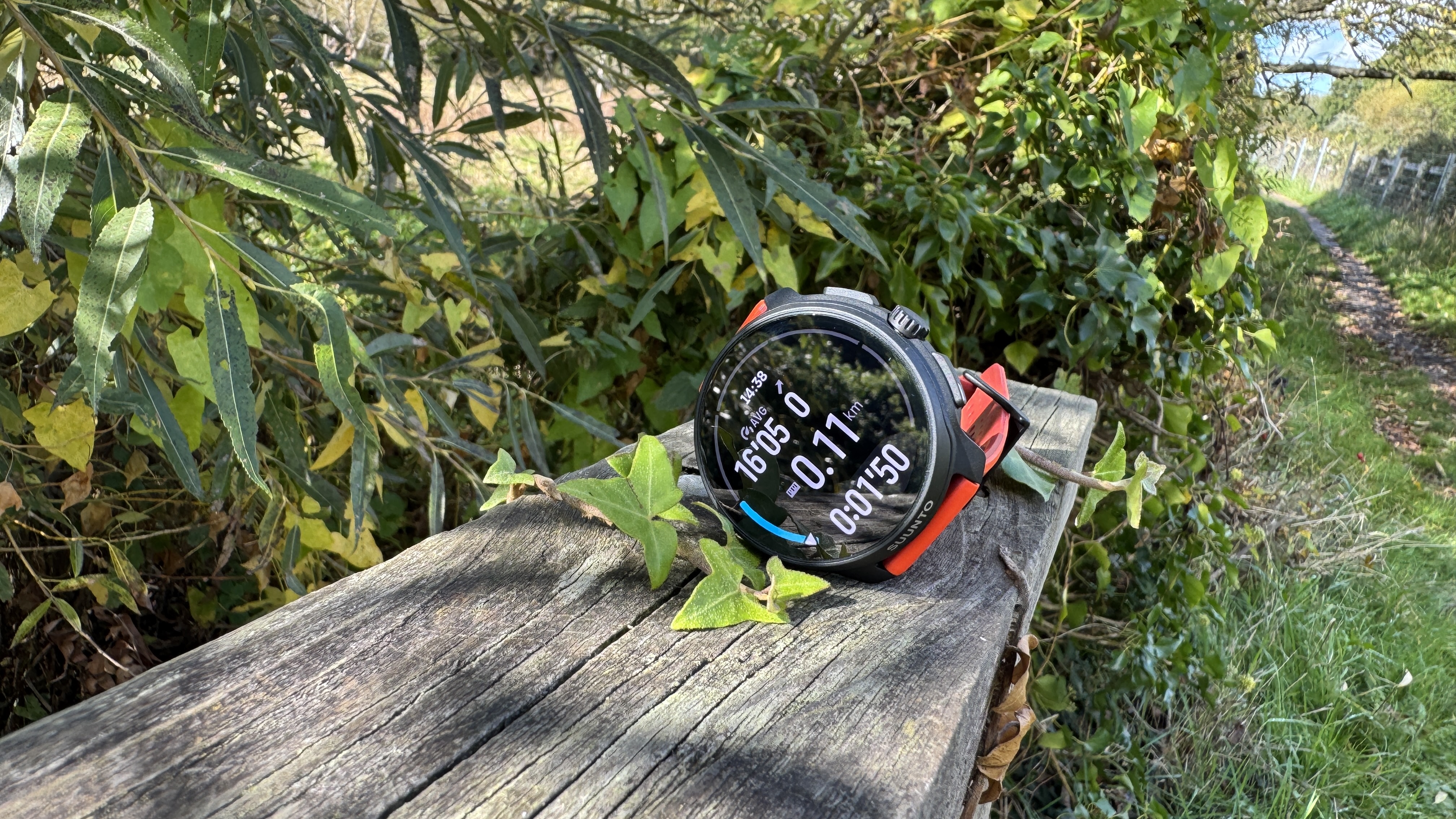

Finnish smartwatch, wearables and headphone manufacturer Suunto needs little introduction these days, as its line-up of robust outdoors and aquatic gadgets is used by both professional athletes and everyday exercisers alike.
The original Race smartwatch proved a popular Garmin Forerunner rival, thanks to its ability to track a plethora of built-in activities, as well as offer key features, such as nav, step-counting and sleep tracking - but it lacked a little in its execution.
Suunto’s hotly-anticipated follow-up comes in a tad more expensive than the original (£429/$499 for the stainless steel version or £529/$599 for the harder titanium model) but it introduces a brighter and larger 1.5-inch AMOLED display, a snappier processor, longer battery life and a thinner, lighter bezel to reduce bulk on the wrist.
As is the way with most running watches these days, the Suunto Race 2 is, to quote Alan Partridge, evolution rather than revolution, but it builds on an already enticing package that, after testing for a number of weeks, made my trusty Garmin look a little long in the tooth.
New screen, same toughness
As previously mentioned, the Suunto Race 2 comes in two variants, both tough enough to withstand the rigours of climbing, hiking and other intense pursuits. The version I tested featured the steel bezel and, to be brutally honest, I’m not sure why you’d need to upgrade to titanium.
The steel watch comes with a silicone 22mm strap, mine being the popular coral colour (it’s bright orange), although it is possible to specify it with a turquoise, grey or black strap. I’d probably go for the darker options to avoid them getting dirty and sweaty in a matter of days.
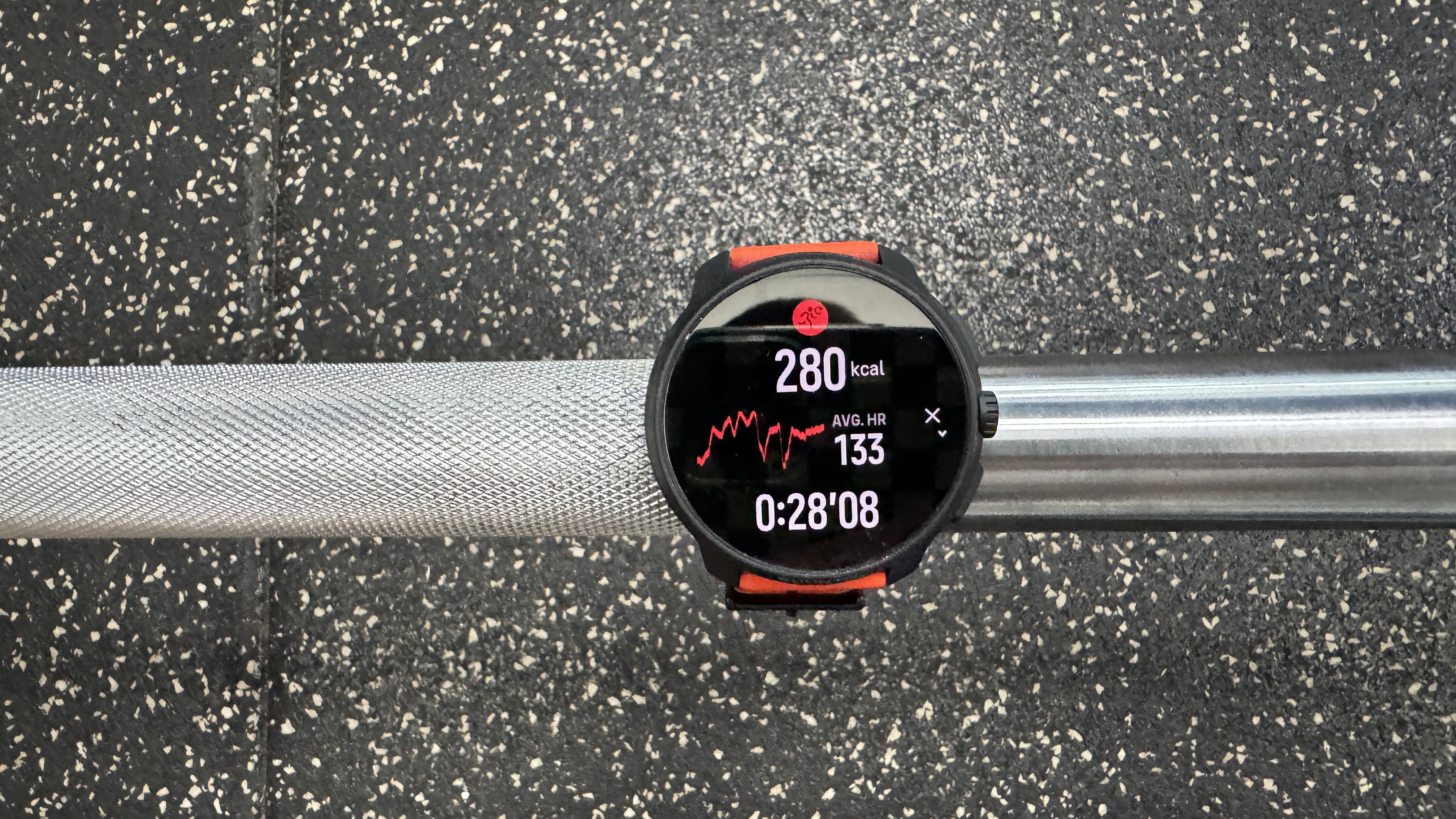
Titanium owners can only select between black and khaki at checkout for some reason, although the straps are interchangeable and easy to swap out.
Get all the latest news, reviews, deals and buying guides on gorgeous tech, home and active products from the T3 experts
I’m not a massive fan of silicone straps, as I find they can pinch and get a little uncomfortable when the sweat starts to pour, but Suunto does a good job of leaving plenty of perforations to keep things breathable.
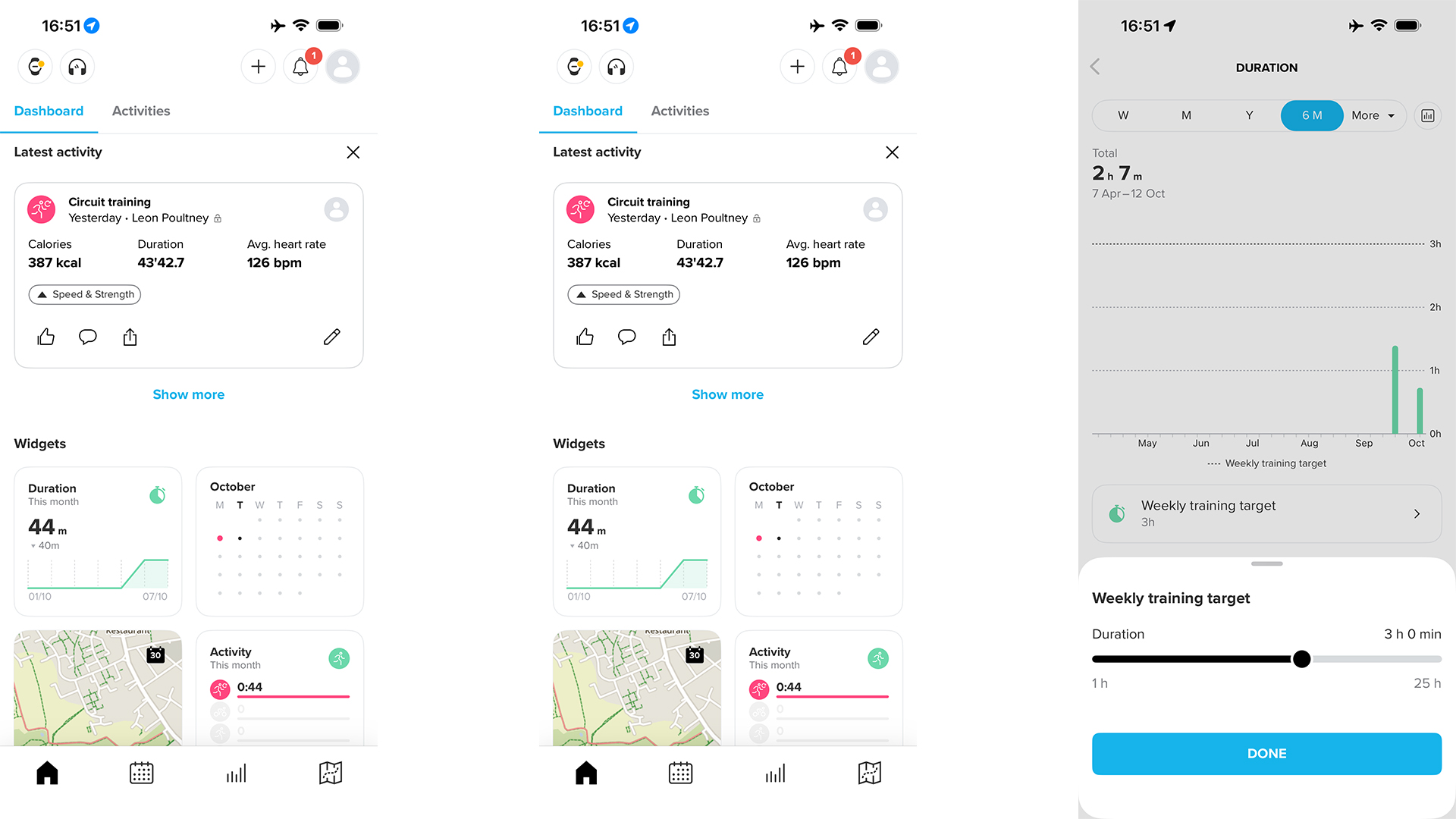
Surprisingly, the case size has actually shrunk slightly compared to its predecessor, measuring 49 x 12.5mm, compared to 49 x 13.3mm. But with a larger 1.5-inch screen, it’s still a very big watch, especially if you suffer from skinny wrists like me.
However, the overall fit and finish feel much better, and it no longer has the slight, cheap look and feel that put me off the original.
The sapphire crystal glass remains unchanged, as does the 466 x 466 pixel resolution display, but the weight has been reduced by a couple of grammes compared to the debut Suunto Race.
It’s a nice-looking thing, and the display is incredibly crisp. Compared to my more expensive Garmin Enduro 3 (I know they aren't direct rivals), the presentation is leagues ahead, with bold, bright graphics that are easy to read in all lights and weather conditions.
Control freak
Operating the Suunto Race 2 comes via the same three-button array as the OG unit, with all of those large, chunky buttons located along the right-hand flank, which makes a lot of sense when the watch is in use. Of course, you can also swipe and tap the touchscreen, too.
The top button is reserved for rapidly kick-starting an activity, while the crown is used for scrolling menus and making selections by depressing the button. The lower control is generally for hopping back to the home screen or activating the control panel, but all of these can be mapped to long-press shortcuts and whatnot.
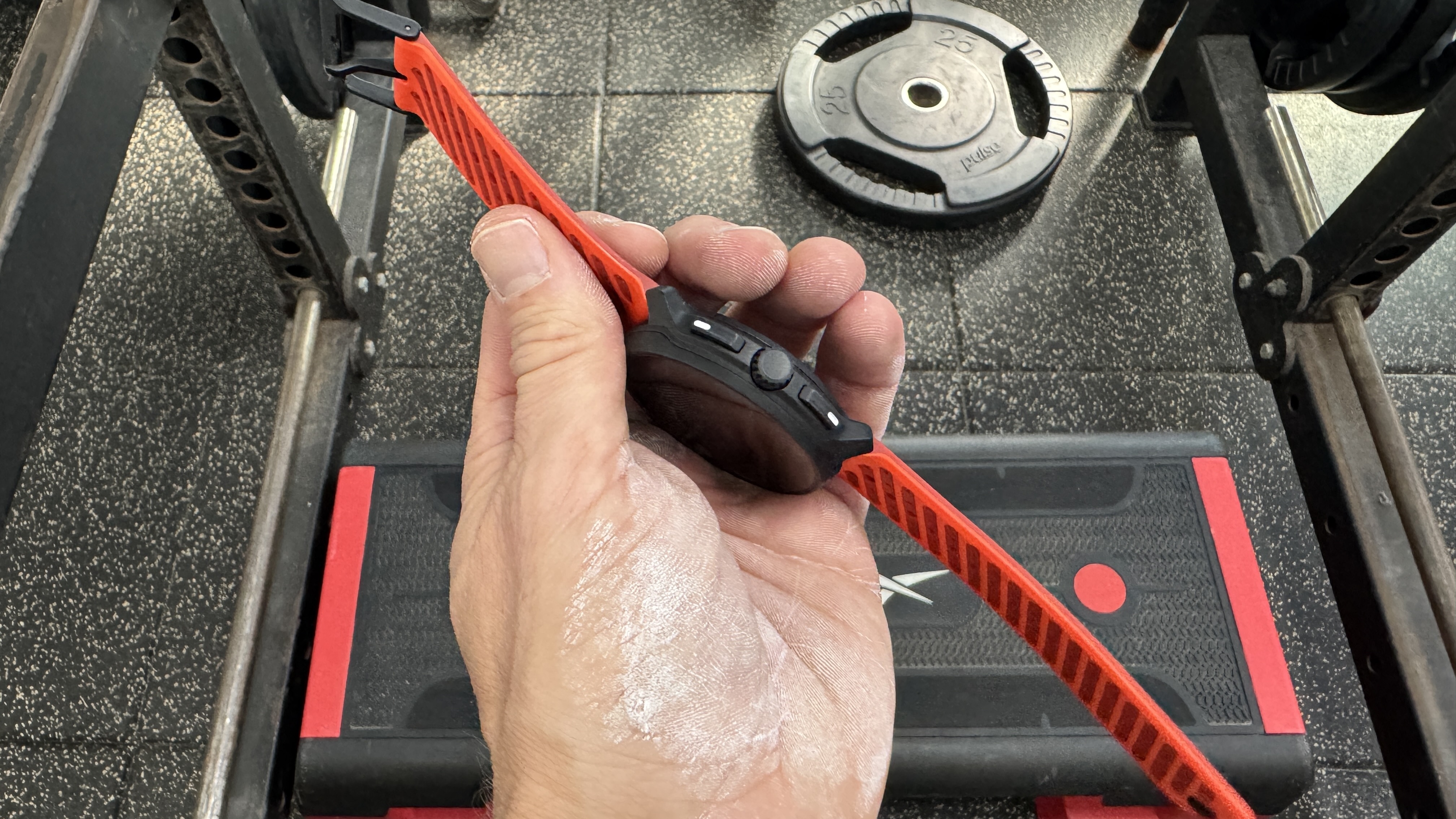
Anyone making the jump from Garmin will have to ditch the muscle memory associated with generally having more buttons to play with, but Suunto’s set-up works neatly, and it’s simple enough to add widgets or shortcuts where needed.
Despite the increase in processor speeds, the Suunto Race 2 still suffers from a bit of lag, particularly when rotating the digital crown, and I found it could get confused when an activity profile was running, often in those that are running data from GPS and other processor-intensive tasks.
That said, the rotating crown somehow feels slightly nicer to use in this steel version, even though the button array is largely unchanged.
So much room for activities
Suunto says it offers more than 115 built-in sports and activities and I’m not going to argue with them. There’s an unfathomable amount of stuff to choose from here, ranging from the typical triathlon stuff to slightly madcap options, such as vertical running, roller skating and mermaiding (?!).
It’s a fantastic selection that should have just about everyone covered, but Suunto doesn’t allow you to customise these activities directly like Garmin does. If you want additional data fields during telemark skiing, for example, you’ll have to build that activity from scratch.
Plus, I can't see how you can carry over anything you may have built in your Suunto Race 1, should you be looking to upgrade.
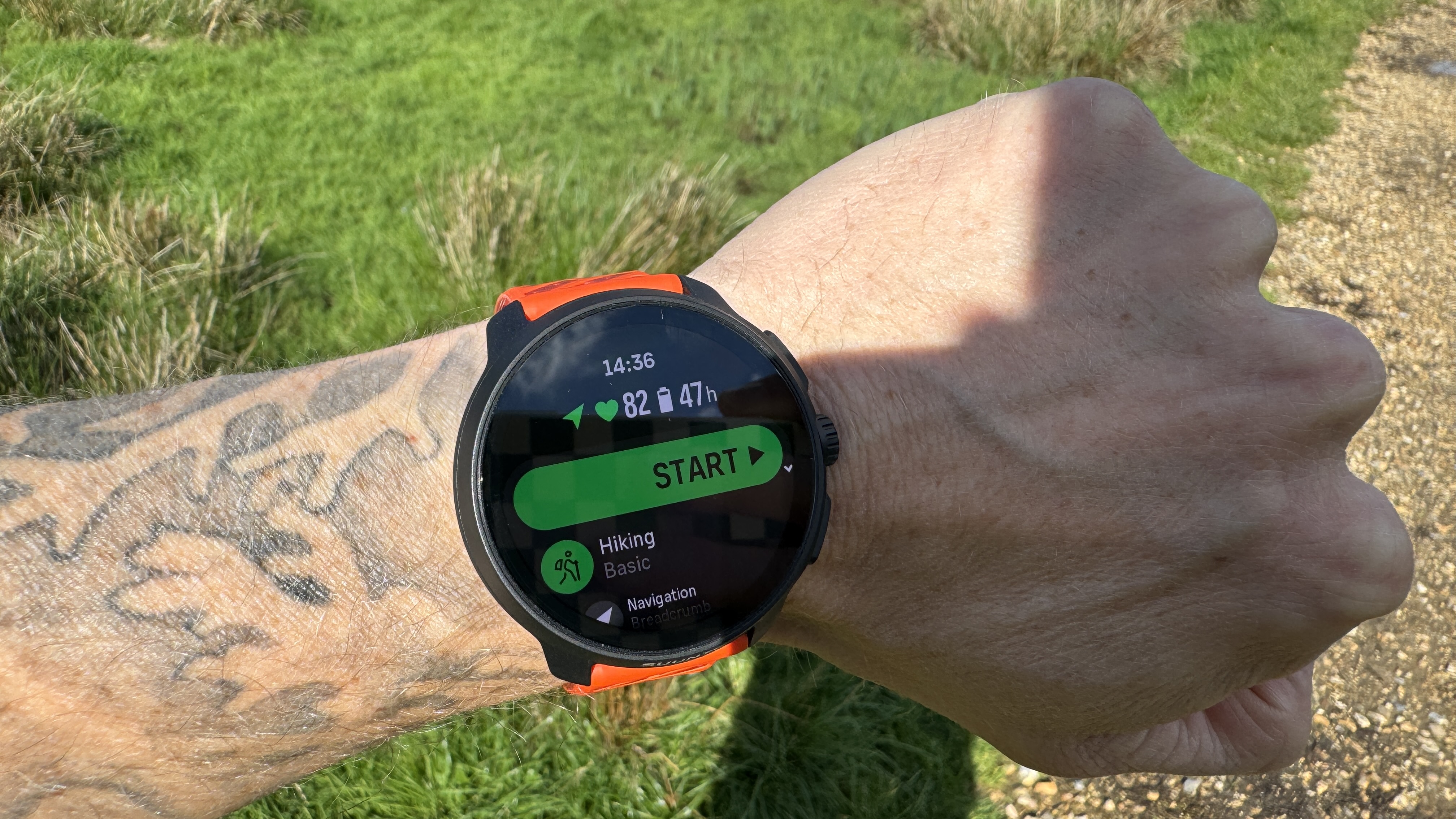
The wrist-based heart rate tracking is surprisingly accurate and Suunto says it has worked hard to improve things compared to the predecessor.
I undertook a series of cardio-intensive actives running the Suunto Race 2 on my wrist and my Garmin Enduro 3 with an external heart rate monitor and the discrepancies were minimal. It fared much better than the optical sensor on the Enduro 3.
Of course, if you partake in a lot of strength training or anything that can interfere with the wrist-based sesnor, the results do vary, but it’s a solid foundation for running, biking, hiking and other such activities.
The watch can also be used to track daily calorie burn, steps and sleep, with the latter perhaps proving a chink in the armour. Suunto’s sleep tracking proved a little wild during testing and it would claim I had far less restful sleep than my Garmin.
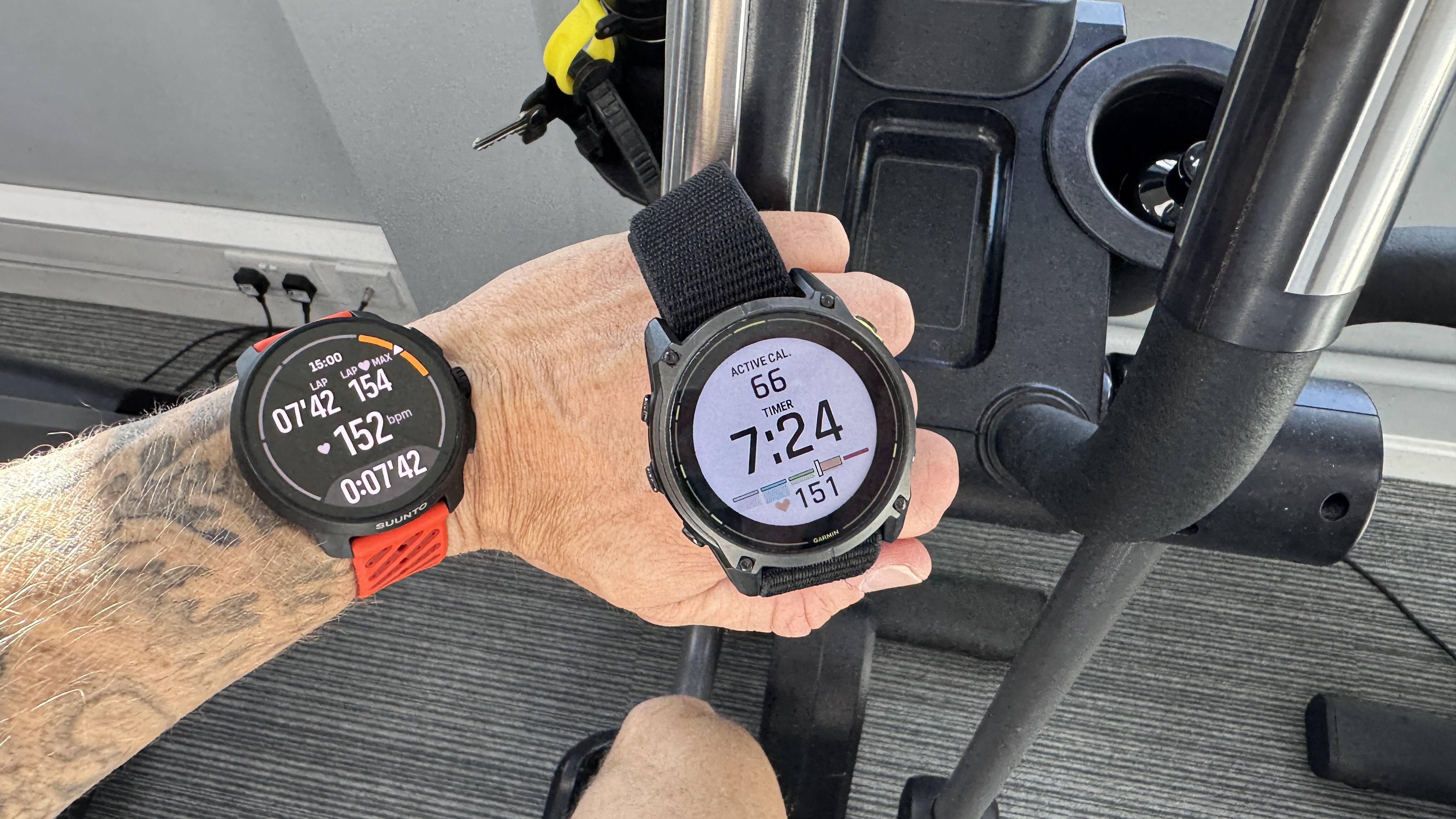
But then again, I’m not one to rely on this sort of information and I hated wearing two watches to bed.
Of course, the information is vital if you want to maximise the benefits of Suunto’s Coach feature, which takes all of this data and builds clear picture of current training loads, fitness levels and much more within the Suunto app.
While perhaps not as detailed as Garmin’s Connect app, there’s plenty to go off, and it’s easy to customise the home screen. But best of all, it’s free.
Even those with relatively complex training plans can keep on top of things, track progress and get some handy tips on improving productivity and preventing injury.
Big on battery
Battery life is impressive and even when tracking lengthy activities with GPS, analysing sleep quality and using some of the basic smartphone features, I’ve found the Suunto Race 2 will easily go a full week on a single charge. This is with plenty of screen use and button pressing in pursuit of acclimatising to the ecosystem.
Suunto claims up to 18 days in smartwatch mode, up to 200 hours in power-saving GNSS modes (great for ultra-endurance racing) and 55 hours when literally everything is activated, which is impressive.
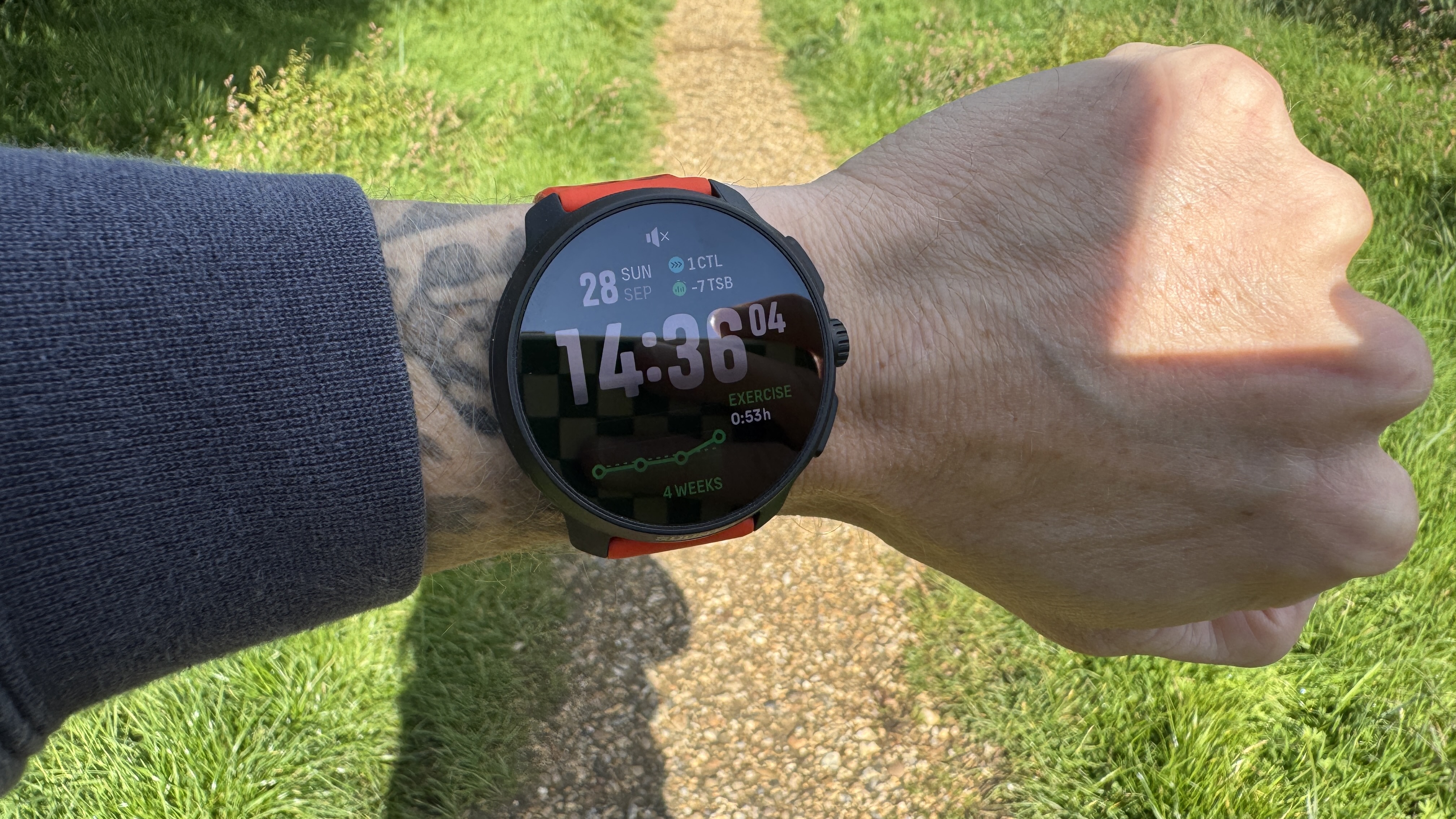
The closest rival in the Garmin Forerunner 970 manages just 21 hours when running at full steam ahead — particularly pertinent given the quality of the ultra-bright AMOLED display that Suunto offers here.
It’s also possible to download a variety of free maps that can be used offline, while route-planning in the accompanying smartphone app is simple and intuitive.
Although this is marketed as a sports watch, it’s perfectly capable of navigating across tough terrain. Suunto also offers the Vertical 2 if you want a more dedicated outdoor watch, complete with a flashlight and up to 65 hours of battery life with all systems go.
I’m sure those deeply embedded in Garmin’s ecosystems will likely find a swap to Suunto comes with compromise, but for everyone else, it represents a solid rival that’s very keenly priced.
You may have read that Suunto is pursuing legal action against Garmin for alleged infringements of various patents, which suggests that Garmin's grip on the sports watch market is slipping, especially with the introduction of the paid-for Garmin Connect+ service.
Personally, I’ve been checking out the strap deals on the Suunto website, because with a less garish hue on the wrist, it could become my new long-term training partner thanks to that crisp screen and simple interface.
The Suunto Race 2 is available now at Suunto UK, Suunto US and Suunto EU for a recommended retail price of £429/ $499/ €499 (~AU$770). The titanium version is also available at the same retailers for a higher recommended price of £529/ $599/ €599 (~AU$925).
Leon has been writing about automotive and consumer tech for longer than he cares to divulge. When he’s not testing the latest fitness wearable and action camera, he’s out in a shed fawning over his motorcycles or trying not to kill himself on a mountain bike/surfboard/other extreme thing. He's also a man who knows his tools, and he's provided much of T3's drills coverage over the years, all without injuring himself.
You must confirm your public display name before commenting
Please logout and then login again, you will then be prompted to enter your display name.
